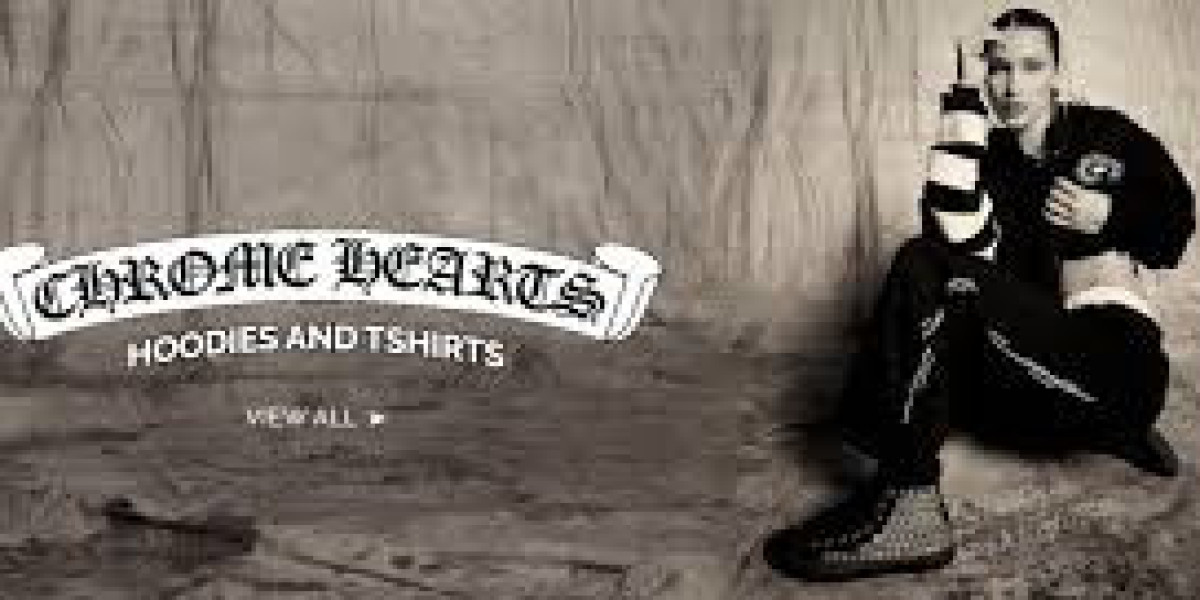WHAT IS INDUCTION MELTING?
Induction melting is the induction heating of a metal, typically within a crucible until the metal becomes molten using an induction furnace. Once the metal has fully melted, the liquid is then poured into an ingot mold or cast into a component at a foundry, or into smaller precise parts such as dental and jewelry castings.
An Induction melting furnace uses a copper induction heating coil that delivers an alternating magnetic current to the metal within the coil. This alternating magnetic current creates a resistance in the metal, causing it to heat and eventually to melt. Induction furnace technology does not require any flame or gasses that can be harmful to the environment to melt metals.
An induction furnace is therefore preferred in most modern foundries because it does not produce dust and other pollutants. The ability to melt the metals at regulated temperatures allowing them to retain their alloying elements, makes this furnace a better option,
How Does an Induction Melting Furnace Work?
There are four essential components in an induction melting furnace. The first one is the crucible, which is usually nonconductive and is used to hold the charge of the metal for melting. Next goes the yokes, which protect the copper coil from damage when it produces the magnetic field that induces the circular electric currents.
The water-cooled coil is the third component, made of copper wire and has a powerful alternating current flowing through it.
The best thing about this furnace is that heat originates from the furnace’s charge and is not an external heat source. That works well when you do not want to contaminate the metal you are melting. That characteristic puts the induction furnace ahead of any other heating process because there is very little heat lost.
The frequencies used in an induction furnace range between 50 to 400 kHz. However, it could go higher depending on the melting speed, type of material, and the volume of the furnace. If the volume of the melts is smaller, then the frequency of the furnace will be higher. Lower frequencies have higher penetration into the metal, referred to as skin depth.
Advantages of Using An Induction Melting Furnace
Less Heat Loss
Unlike traditional heating equipment, induction furnaces do not use heat conduction to heat the melt. It uses induction heating, which heats the metal and has thermal insulation materials to reduce heat loss. Therefore, an induction melting furnace offers less energy loss and higher thermal efficiency than other heating methods.
Read here more about Working Guide of Induction Melting Furnace







